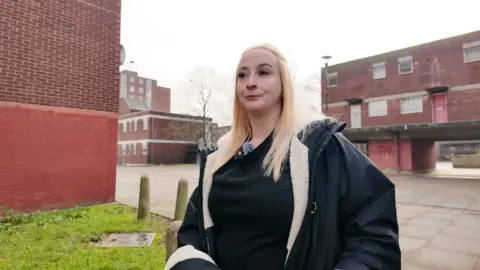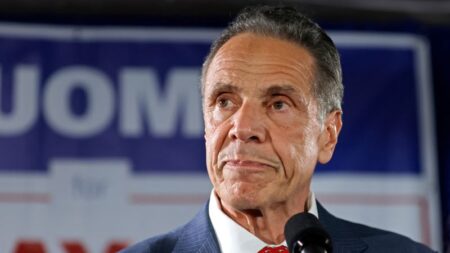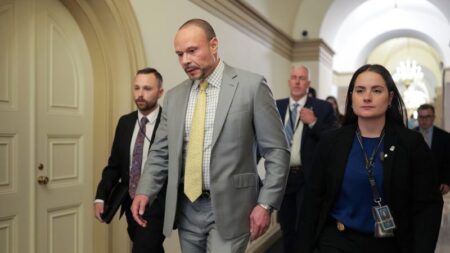In recent discussions surrounding housing policy in the UK, one family’s struggles have encapsulated the ongoing challenges faced by many in the realm of social and affordable housing. The government’s ambitious plan to tackle the housing crisis raises questions about its adequacy and timeliness for those who are already suffering the consequences of inadequate housing support.
Danielle, a mother of three, has experienced significant instability, moving her family four times within the past nine months. This series of upheavals was prompted by a Section 21 “no fault” eviction order from their previous landlord, which resulted in a swift descent into homelessness. The local council’s responses have included temporary placements in shared accommodations and hotel rooms, which offer little in the way of stability or comfort. Even with the government’s recent commitment to fund more affordable housing initiatives, Danielle remains skeptical, stating that she doesn’t foresee the availability of a council house anytime soon.
On June 11, 2025, during a Spending Review, Chancellor Rachel Reeves elaborated on a plan that outlines an investment of £39 billion over the next decade earmarked for increasing social and affordable housing in England. This funding, intended to be a game-changer for families like Danielle’s, aligns with the government’s pledge to construct 1.5 million new homes throughout its parliamentary term. Such promises have garnered cautious hope from social landlords and housing charities; however, their effectiveness remains uncertain without concrete implementation details.
Currently, the demand for affordable and social housing in various regions, particularly in London, highlights an acute disparity. Recent data indicate that social housing waiting lists in London have reached a 10-year peak, signaling a dire need for immediate solutions. The government’s commitment aims to spend an average of £3.9 billion annually on these housing initiatives, which, notably, surpasses the previous government’s average spending of £2.3 billion per year.
The defined category of “affordable housing” includes various types of properties, such as homes rented at a maximum of 80% of local market rates and shared ownership options. Despite the promising figures, many advocates are awaiting specific information on the locations of new housing, the builders involved, and detailed funding allocation for social rent homes. These particulars are crucial for mapping out the tangible impact of government commitments on families urgently needing stable housing.
For families like Danielle, the government’s recent announcement feels like a promise that may serve future generations better but falls short of offering immediate relief. Danielle expressed the overwhelming sense of urgency that a permanent home would provide for her family, highlighting the psychological and emotional toll of constant instability. She described the disruptions caused by frequent relocations, stating, “It’s been awful, absolute hell; it’s turned all of our lives upside down,” a sentiment that resonates with countless families similarly affected by the housing crisis.
Social landlords have welcomed the substantial investment and the promise of guaranteed rent over the next ten years. Kate Henderson, from the National Housing Federation, remarked that the investment could reshape the landscape of affordable housing, bringing much-needed relief. However, industry leaders like Charlie Trew from Shelter emphasize the importance of defining a clear target for social rent homes, suggesting that many in low-income brackets still find even “affordable” housing out of reach.
As the housing sector waits for the government to outline precise targets and distribution plans, the voice of families like Danielle’s remains vital in assessing the practicality of these policies. Housing supply shortfalls, especially for first-time buyers and low-income families, necessitate not only funding but a comprehensive and considerate approach to housing policy that prioritizes the needs of the most vulnerable community members.











